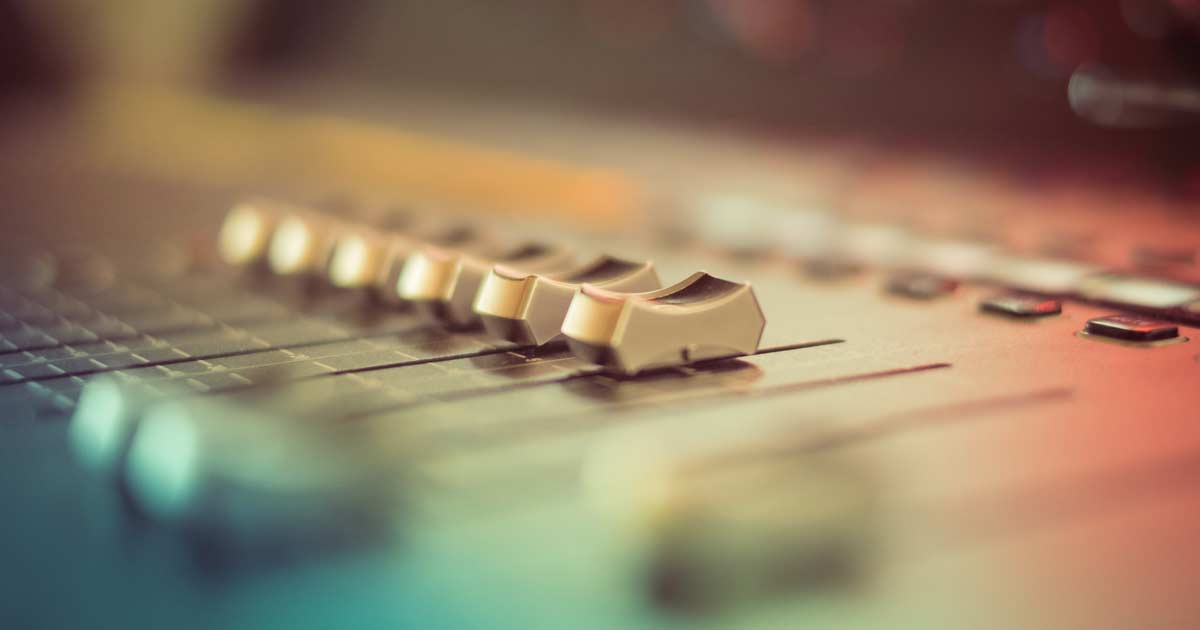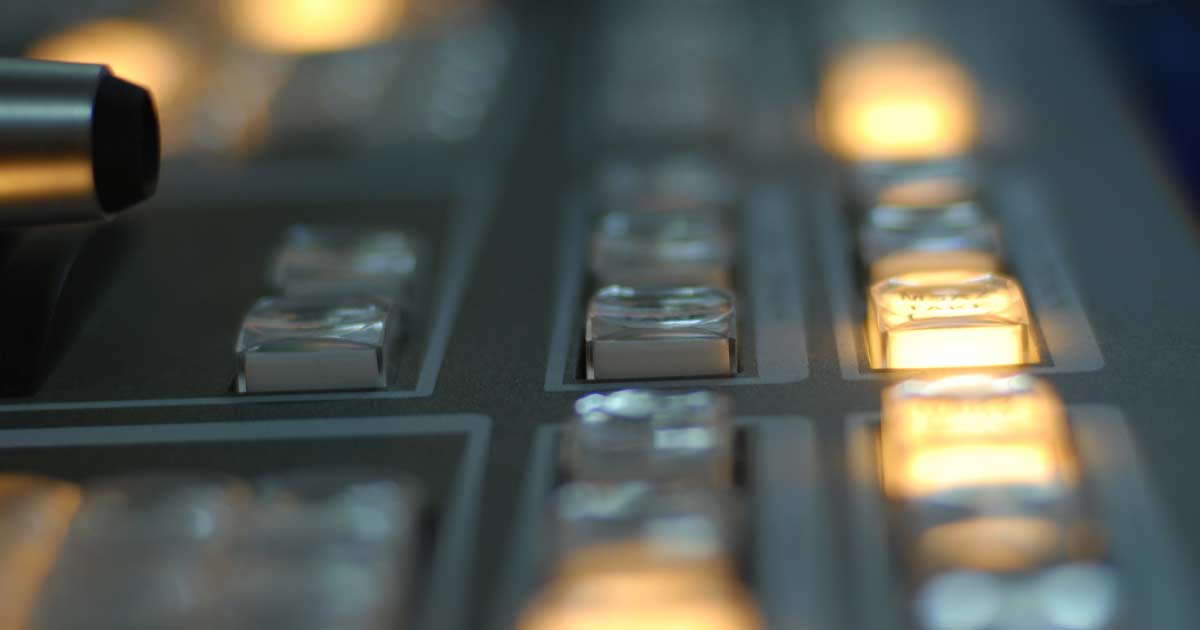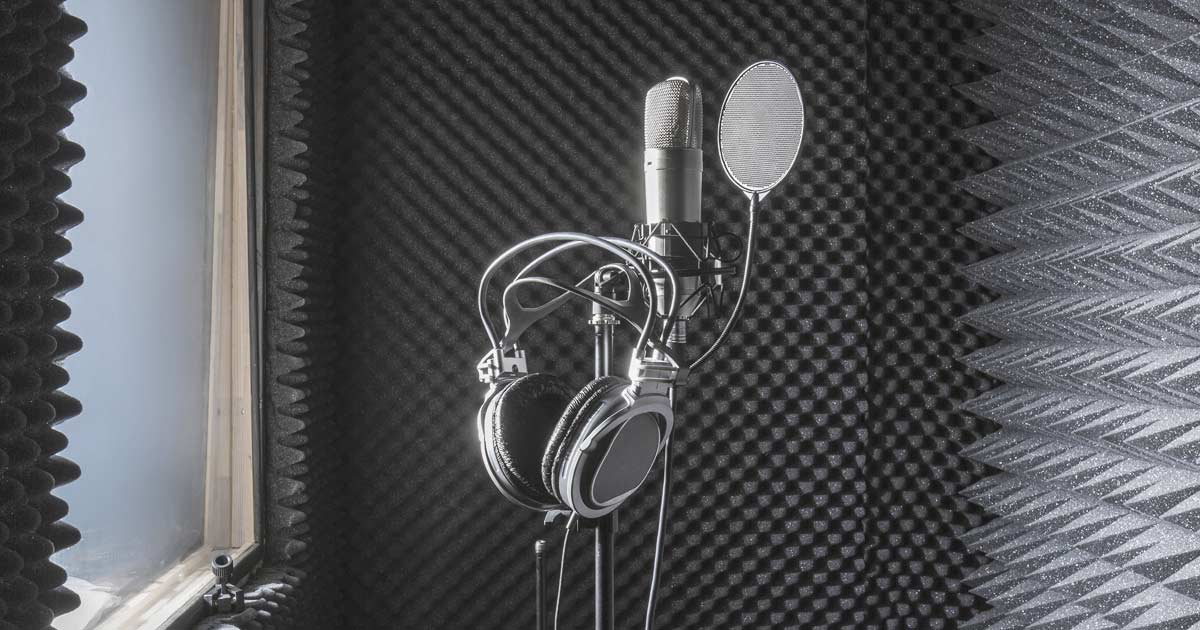This is part three of a four-part series.
In the first article of this series, we outlined Revenu Québec’s argument that the master tapes (without the associated copyright) held no value. In contrast, Unidisc argued that the physical medium held all the value. The Court of Appeal decided that there was some value to the copyright and some to the physical medium, perhaps even considerable value. Unidisc’s all-or-nothing approach meant they could not show Revenu Québec was wrong and the tax authority’s assessment was upheld.
Considerations for future courts
A future court may be asked to consider the respective value of both the tangible and intangible elements. As Unidisc argued, there is some evidence that the physical masters can represent a significant asset to the owner. Some evidence of this includes:
- Remastering to keep up with technology
- Future uses that may not even be contemplated at the time of the recording
- Intrinsic value
- Efforts undertaken to archive masters
- Innovative techniques to salvage old tapes
Remastering to keep up with technology
Copyright lasts for the life of the author(s), plus 50-70 years.1 Copyright in a sound recording lasts for 70 years after the work was first recorded, or the earlier of 75 years from publication and 100 years from the recording date.2
This means that owning a high quality master can give the owner the ability to reissue the music and take advantage of modern technology, since music released to the public often does not sound the same as the original master recording. For starters, not all copies are intended to be faithful reproductions, nor is that always desirable. For example, a copy of a master can sound duller if the sound was equalized for the characteristics of the vinyl format or if too much noise reduction was used on a compact disc-era reissue. In addition, a copy of the equalized production master may have additional tonal characteristics, reverb, echo, and more added to the music. An equalized production master for transmission on the AM radio format, for instance, was mixed to be as saturated as possible to “punch through” the compressed-signal and sound the best that it could for that format.
In addition, it may not be possible to make an identical copy of an original because each subsequent copy of a magnetic tape can decline in quality, and therefore, the best copy is the one made directly from the master. While it is theoretically possible to make copies of a digital recording with each copy having the same quality as the first (assuming lossless recording), analogue recording extended well into the 1990s.
The ability to make identical copies of a digital recording also depends on the medium used. Digital files are often stored on magnetic tape for archival purposes. The physical magnetic tape storage medium itself can degrade over time and become brittle or develop sticky shed syndrome, which we outline in part four of this series. This is true for both analog and digital recordings, because digital tape is prone to curl or crease, or not track correctly due to the way the digital tape is constructed. While some of these issues can be corrected in an analog recording, they often cannot be corrected for a digital file because the information is irretrievably lost.
Music from the 1990s and earlier is still popular and so there is an ongoing need to remaster music stored on physical media. Sometimes an artist’s popularity is greater nearer the end of their career than their start. Just think of how a movie or show can revive an old song, like how the television show Stranger Things put Kate Bush’s 1985 track “Running Up That Hill” near the top of the international charts in 2022. Another example is Queen’s 1975 track “Bohemian Rhapsody”, which became widely popular again in 1992 with the film Wayne’s World, and again in 2018 after the film of the same track name won the Academy Award.
Sometimes there is an opportunity to release music that landed on the cutting room floor. Following the heartbreaking loss of the Tragically Hip frontman, Gord Downie, the surviving members of the group started searching for their old master tapes.3 It was widespread news that their masters had been destroyed in a fire at Universal Studios. Interestingly, some of the master tapes were found in storage in unlabelled boxes in New Orleans, others in California, and some were found in climate-controlled storage in an abandoned mine shaft in Pennsylvania. The Tragically Hip describe how they had to bake the magnetic tapes to give them a short window of time to transfer the tracks to digital.
The result of all this effort is a new album entitled “Saskadelphia”, containing previously unreleased tracks from their studio album “Road Apples” recording sessions, made 30 years earlier. The album’s name is a portmanteau that the band had originally proposed as the name for the original “Road Apples” album. It was a nod to the extensive touring they were doing and their inability to recall what city they were in on any one night. This entire album would have been lost to history if not for those masters.
Therefore, the owner of the masters and the master recording rights can make future copies for sale or distribution using the highest quality starting material, while choosing to optimize sound quality for future formats without being constrained by the earlier choices. Alternatively, old tracks that did not make the original album can be released later on to capitalize on a band’s popularity, which is not possible without the original masters and suggests the physical masters have value independent of the copyright.
Future uses of the original recording
Sometimes technology and/or the passage of time can enable a new use that could not be imagined at the time of the original recording.
For instance, the Beatles were already stars when they were recording their “Let it Be” album, so the entire process was being filmed for a documentary. The band members were keenly aware of all the cameras and microphones recording their every move and strategically aimed to cover up private conversations by strumming their instruments.
Those conversations remained secret until recently, when Peter Jackson released a documentary series called “Get Back”. Jackson used artificial intelligence to strip off the instruments to reveal those private conversations. His entire documentary series would not have been possible without the 130-140 hours of audio and 60 hours of old high quality film footage. This again suggests the masters have an additional value independent of the original copyright.
In the final part of this series, we consider the intrinsic value of the masters, the lengths people will go to archive masters and innovative techniques to salvage the physical masters as further evidence of the value in the tangible media.
1 Canada is in the midst of changing the term provided by section 6 of the Copyright Act from life plus 50 to life plus 70 years, likely to take effect by December 31, 2022, but it will not have a retroactive effect.
2 Copyright Act, s. 23(1.1)
3 Alan Cross podcast “Ongoing History of New Music”, Episode 922



